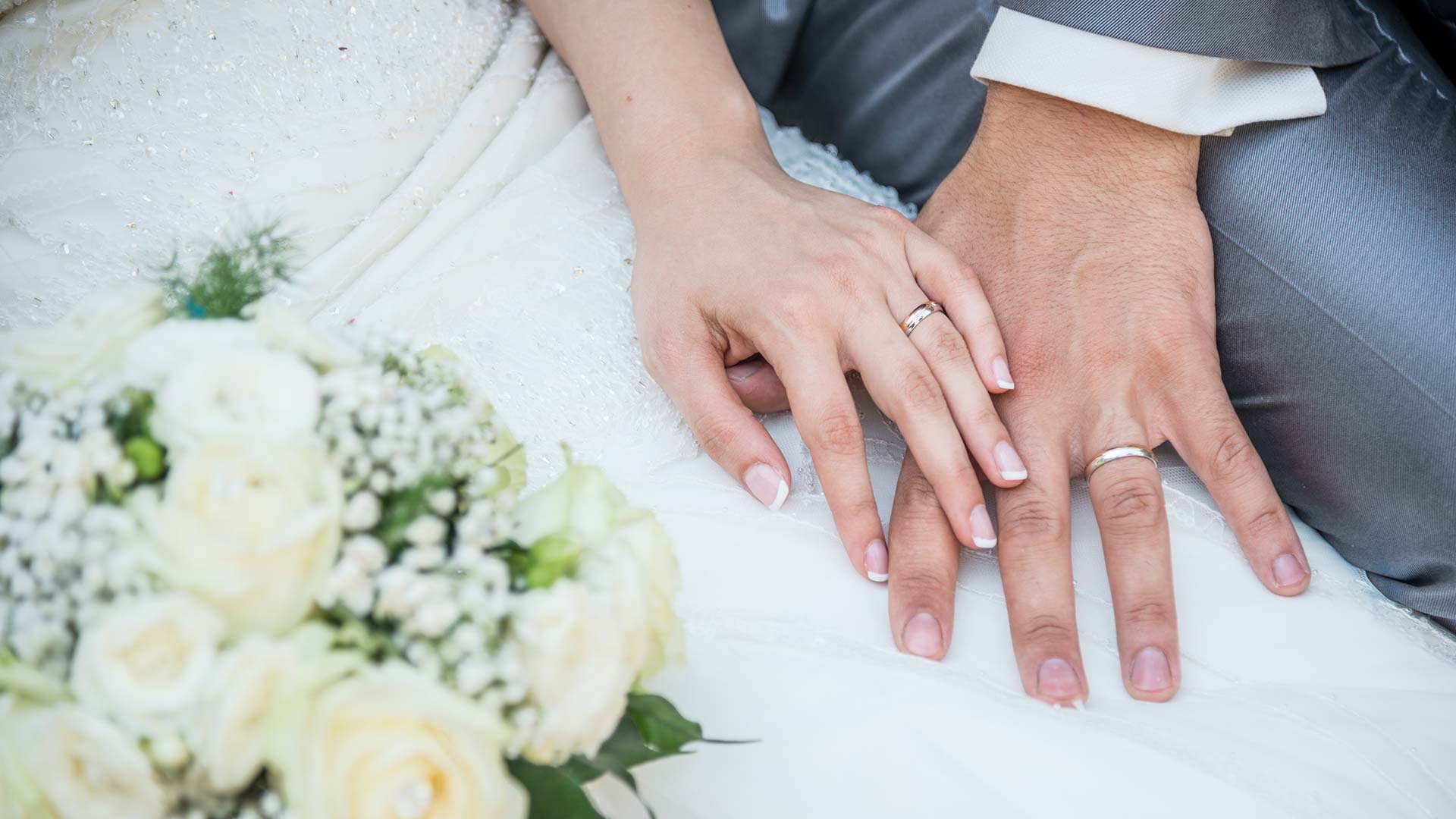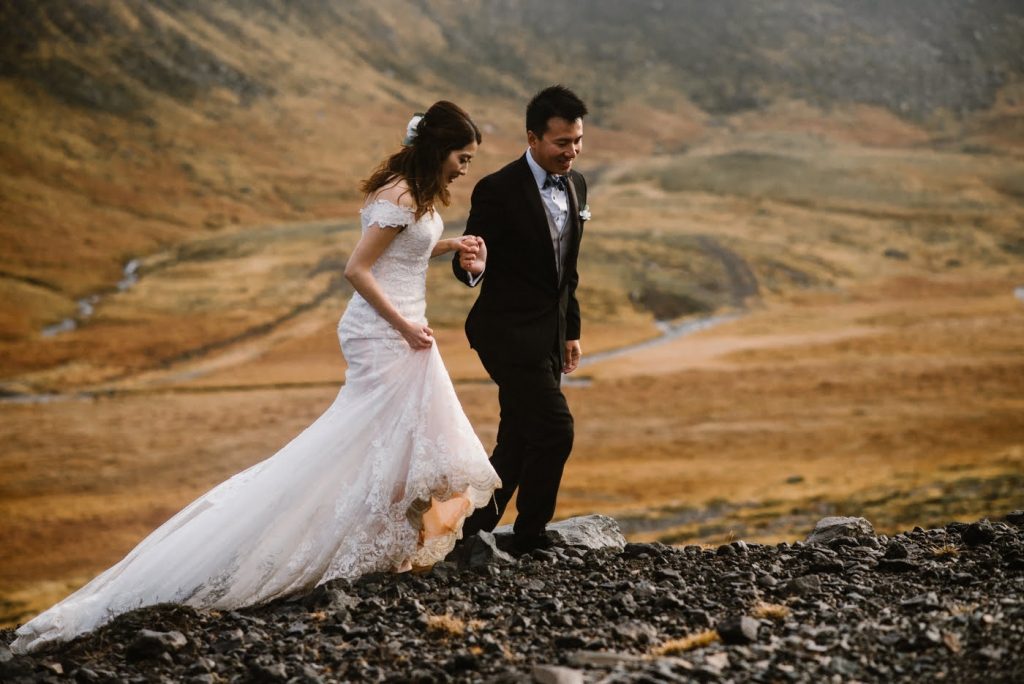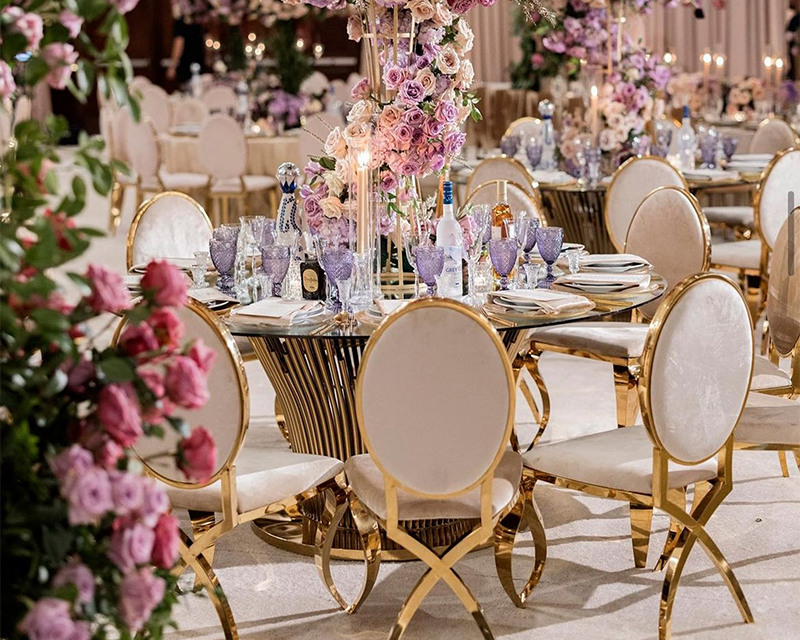
For many people, wedding planning can quickly become overwhelming. Instead of a day designed to celebrate the lifelong union of a couple, many people feel like weddings are an exercise in stress, especially when complex cultural components are at play. The good news is that you don’t have to suffer through this alone! We understand just how difficult it can be to balance and honor different, potentially conflicting, cultural traditions. In this article, we’ll explore the best ways to incorporate them into your big day.
Identifying and understanding key cultural elements
While weddings are designed to celebrate the joining together of two lives, the day carries with it a lot of cultural baggage. And this isn’t always a bad thing! On the contrary, incorporating traditions into your big day can make the whole experience even more special than it would otherwise be. The first step to seamlessly weaving different cultural worlds together is to determine the traditions you and your families find most important.
Before you make concrete plans for your ceremony and reception, talk with your family and ask what cultural elements are most important to them. You don’t necessarily have to incorporate all of them, but understanding where your family is coming from makes the process a bit easier. If you and your partner come from different cultures with potentially conflicting traditions, you’ll need to sit down with your partner and come up with compromises that allow both of you to shine. Take inspiration from Dr. Bo Okubadejo, whose wedding showcased both traditional Nigerian traditions and modern bridal preferences to create a truly unique and meaningful experience.
Some examples of key cultural elements to keep in mind include:
- Traditional clothing
- Colors
- Flowers
- Dances
- Musical
- Ceremonies
- Foods
- Readings
- Rituals
With a bit of time and dedication, you can create a truly unique experience not just for your guests, but also for you and your soon-to-be spouse.
Open communication
Once you have a handle on the important cultural elements you want to include in your wedding, be prepared for potentially extensive conversations with your partner, your respective families, and your wedding planner (if applicable). Don’t be afraid to discuss hard things! If you simply can’t find a way to add a particular tradition to your wedding, talk to the people who hold it dear and explain your struggles. Sometimes our loved ones can come up with solutions that make your day even more special for everyone involved.
Whether or not your families are happy with the path you and your partner take for your wedding, you will likely spend a lot of time talking. Keep the lines of communication open between all parties if you’re looking for a low-stress wedding planning experience.
Creative harmonization
Let’s say that you and your partner want a primarily blue-themed wedding, but your culture’s traditional wedding colors are red. Why not include accents of both colors in your wedding-day finery to appease both your own desires and your family’s cultural norms? This kind of creative harmonization allows you to create unique guest experiences at your wedding and enables you to honor wedding-day traditions without abandoning your own preferences.
Vendor selection and management
One area that’s often overlooked when planning a culturally inclusive wedding is vendor selection and management. Don’t make the mistake of assuming that all vendors can seamlessly accommodate your needs! Some will provide more specialized care than others in certain areas. If highly specific cultural dishes are integral to your ceremony, for example, you should look for vendors that have experience of offering them instead of choosing a random vendor and hoping for the best. This is also true of wedding planners. If working with various cultural traditions is important, find a planner who understands how to create something beautiful that honors both your and your partner’s families.
Drawing inspiration
We touched on this a bit above, but what happens if your idea of what your wedding day should look like and your family’s cultural expectations don’t align? This is where compromise comes in. Before we dive into this section, note that we aren’t saying that you have to give up your grand vision. On the contrary, we think that it’s possible to stay true to your desires while also honoring the things that matter to your family. You can do this by drawing inspiration from cultural traditions and norms even if you don’t want to include them specifically.
As we mentioned above, you can take inspiration from traditional wedding colors or entertainment without fully incorporating either. Maybe your wedding is a mix of several colors that mean something to your families, potentially with different parts of the day emphasized by specific colors. Similarly, even if you don’t want to hire a traditional singer or band to appease your family, you might consider adding one or two traditional songs to your wedding day to celebrate your heritage. These are only a few examples – let your creativity be your guide as you navigate the wedding planning process.
Are you trying to incorporate cultural elements into your wedding? Use our tips to help guide your planning and determine which traditions are the most important to your family.




